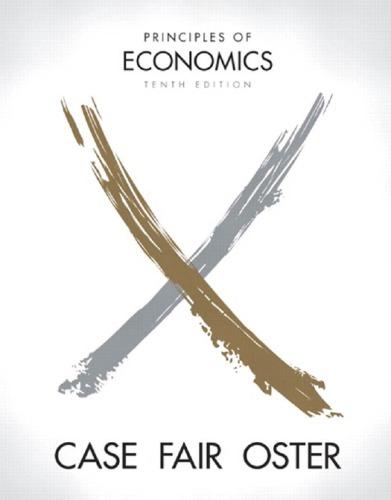When Bill Clinton took office in January 1993, he faced two major economic problems: a large federal
Question:
When Bill Clinton took office in January 1993, he faced two major economic problems: a large federal budget deficit and high unemployment resulting from a very slow recovery from the recession of 1990 to 1991. In his first State of the Union message, the president called for spending cuts and substantial tax increases to reduce the deficit. Most of these proposed spending cuts were in the defense budget. The following day Alan Greenspan, chair of the Federal Reserve Board of Governors, signaled his support for the president’s plan. Many elements of the president’s original plan were later incorporated into the deficit reduction bill passed in 1993.
a. Some said at the time that without the Fed’s support, the Clinton plan would be a disaster. Explain this argument.
b. Supply-side economists and monetarists were very worried about the plan and the support it received from the Fed.
What specific problems might a monetarist and a supplyside economist worry about?
c. Suppose you were hired by the Federal Reserve Bank of St. Louis to report on the events of 1995 and 1996. What specific evidence would you look for to see whether the Clinton plan was effective or whether the critics were right to be skeptical?
Step by Step Answer:

Principles Of Economics
ISBN: 9780593183540
10th Edition
Authors: Case, Karl E.;Oster, Sharon M.;Fair, Ray C






